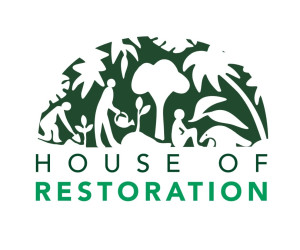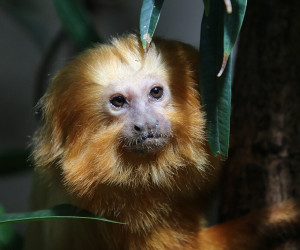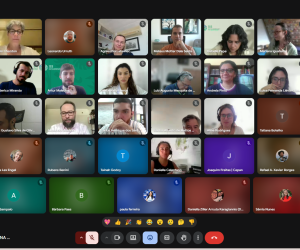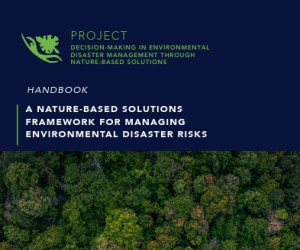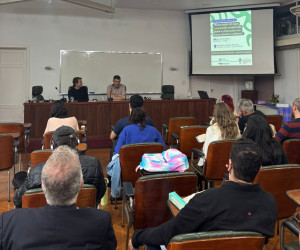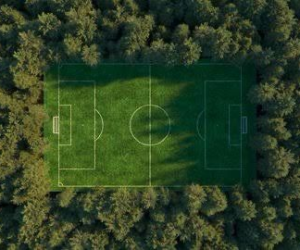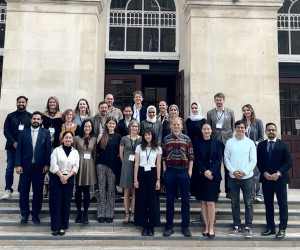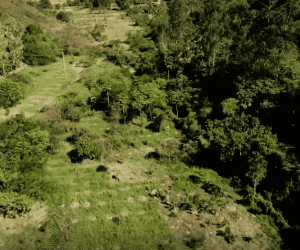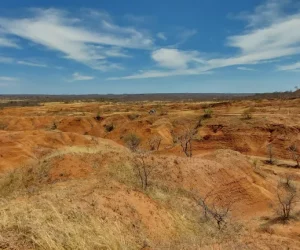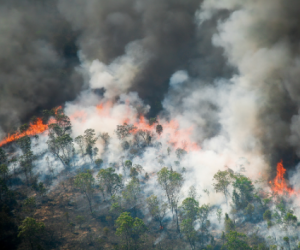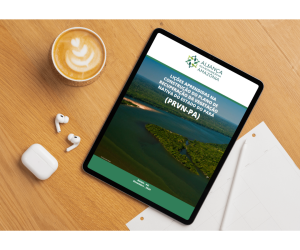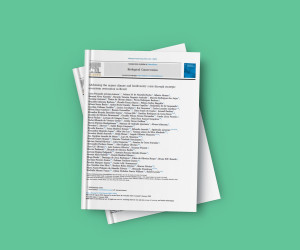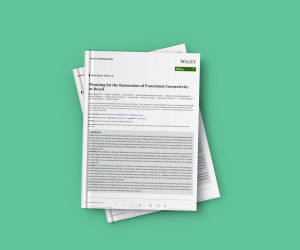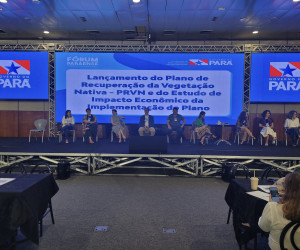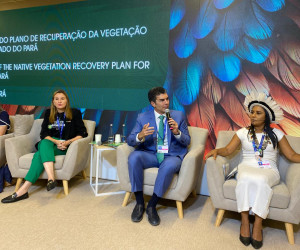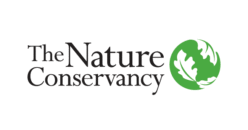State Plan for the Recovery of Native Vegetation in the State of Pará (PRVN)
Considering the significant environmental, economic, and social benefits that can be generated by the recovery of degraded areas, the state of Pará, in the State Plan Amazon Now (PEAA), has committed to restoring 5.65 million hectares by 2030 within its jurisdiction. This represents almost 50% of the national target (State Decree No. 941/2020, Section III, Article 11, Paragraph 1 – PA, 2020). Thus, it is essential to create integrating and clear legal instruments and mechanisms to promote large-scale recovery of native vegetation, incorporating different strategies for restoration.
In this context, the State Plan for the Recovery of Native Vegetation of the State of Pará (PRVN) supports the State Secretariat for the Environment and Sustainability of Pará (SEMAS-PA) and the state of Pará in creating an integrated state policy to boost the recovery of native vegetation. This policy and its instruments were formulated following an integrated landscape management approach. The implementation of this policy was guided to generate a series of benefits for different sectors of society, including various levels of government, indigenous peoples, quilombolas, traditional communities, landowners, urban population, third sector, and public and private sectors, among which stand out:
- Reducing the cost required for the adaptation of rural properties;
- Increasing access to resources and markets for nature’s contributions to people, including ecosystem services;
- Creating direct rural jobs, contributing to poverty reduction;
- Diversifying the income of landowners through integrated landscape management, creating new sources of revenue;
- Reducing risks associated with natural disasters and mitigating the effects of climate change, among others.
- Promoting new business opportunities and strengthening the role of the state of Pará as a leader in conservation and recovery actions for native vegetation, as well as the sustainable use of Amazonian biodiversity.
The IIS was one of the leaders of the organizing, integrating, and consolidating committee of the Plan, leading discussions of the Working Group of the PRVN (GT-PRVN). Among the activities, it was responsible for holding preparatory meetings to identify obstacles and opportunities, mapping ongoing restoration actions in the state of Pará, and conducting workshops to build the PRVN. Complementarily:
- Supported the drafting of a legal norm for Pará, with instruments to prescribe the establishment of adequate governance to promote communication, coordination, and cooperation among stakeholders in native vegetation recovery and the proper process to formulate a state plan based on a set of complementary axes to mobilize, facilitate, and implement recovery;
- Conducted a diagnostic study to determine and evaluate the current situation of different success factors of recovery, identifying challenges and opportunities in the state to form the basis for creating a set of strategies aimed at leveraging recovery in the state, integrated into a proposal for the State Plan for the Recovery of Native Vegetation;
- Based on the diagnosis, IIS, together with SEMAS and other partner institutions, elaborated the final proposal for the Recovery of Native Vegetation Plan for the state of Pará, organizing a set of strategies and actions to guide, motivate, facilitate, and implement the recovery of native vegetation on a large scale.
Access the full plan, its executive summary, and the products that guided its construction:
The PRVN has a direct dialogue with the National Plan for Native Vegetation (Planaveg), an effort of institutional coordination that enables such policies (Brazil 2017b). The project began in September 2022, and the first products were delivered in October 2022.

